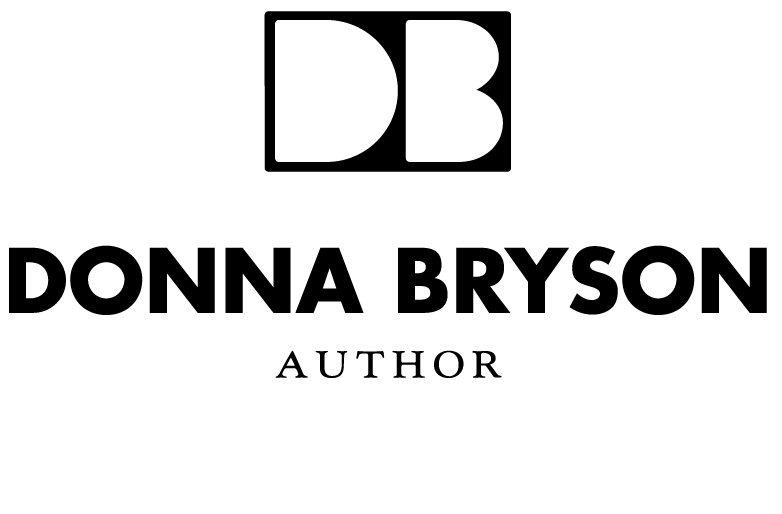Some white visitors to the Bronx Zoo at the turn of the century expressed disquiet when they encountered Ota Benga, a young Congolese immigrant being exhibited in the monkey house.
The outrage of black ministers in New York was matched by that of white colleagues who helped lobby for the racist display to be stopped and for a new home to be found for Benga.
I wrote an article for Equal Times magazine about a memorial to Benga in Virginia that was erected at about the same time violence was erupting over the debate about what to do with different monuments – those honoring Confederate figures.
I often hear from defenders of Confederate monuments that Americans once felt differently about racism. That strikes me as simplistic, an argument that ignores the perspectives of the ministers who championed Benga and of the African-American intellectuals who welcomed him into their community in Lynchburg, Virginia in 1910, a few years after he was rescued from the Bronx Zoo. The argument also ignores the perspectives of people like Benga. Of course, we have to imagine Benga’s voice, as little of what he thought and felt has been preserved by historians.
The conversation about what we memorialize from our past is not about judging our forebears by today’s moral standards. It’s about understanding history’s complexities and how they shape our times. It’s about understanding ourselves, a task that demands the kind of imagination and compassion that led to the Benga memorial.
Author and journalist Pamela Newkirk, who wrote a 2015 book on Benga, traveled from New York to Virginia for the unveiling of his memorial. The ceremony included song, prayer and remarks by the mayor of the town of 80,000, by an academic from the African-American seminary Benga briefly attended and by the Congolese ambassador who had traveled from Washington.
“You had this multiracial array of citizens who got this done because they thought it was important to remember that chapter in not only their history but America’s history,” Newkirk, who is black, told me.
A white artist, civil rights activist and longtime Lynchburg resident, Ann van de Graaf, campaigned for state officials to erect the Benga memorial.
In September, days after the ceremony for Benga, a crowd gathered near Philadelphia’s City Hall for the unveiling of a statue of Octavius Valentine Catto, a black teacher and voting rights activist who was shot and killed in 1871 by whites. The following month, parents in Mississippi voted to strip the name of Confederate President Jefferson Davis from the predominately black public school their children attend and re-christen it to honor President Barack Obama. In Virginia, state lawmakers and historians determined Nat Turner, leader of a deadly 19th century slave uprising, would be among those honored on a planned anti-slavery monument.
“There seems to be a healing taking place now,” van de Graaf told me.
Read more


